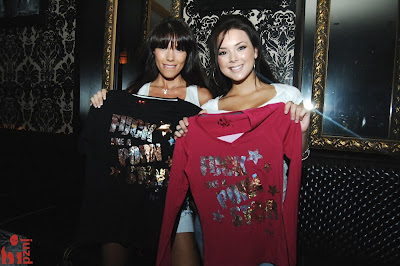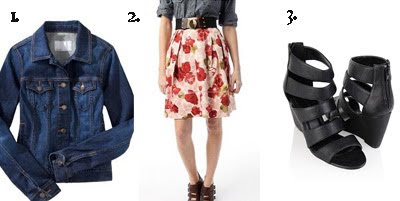
” mystique to Mid90s, as in: So this is where the “cool white guys” in my life come from. I think there’s a “So this is how it happens. This is the stuff that drags Mid90s down.īut it’s also what lifts it up.
#Poser debut clothing does not fit model movie#
So it is with Mid90s, a movie made by a Richard Linklater fan, one would guess, who saw Tarantino just barely get away unscathed for abusing the n-word, and learned the wrong lesson. ” and Ray ( Na-kel Smith), the chill black guy, who’s the moral center of the group and, for his coolness, telegraphs as much at every turn.Īnd yes, there’s an instinct, after watching another mediocre-to-pretty-good take on the 90s directed by a child of that era, to blame the Miramax movies they must have gobbled up as kids: your convoluted, Tarantino bad-boy thrillers, your Paul Thomas Anderson–esque feats of junior auteurism. In ascending order of coolness, there’s Ruben ( Gio Galicia), the youngest, a Mexican kid who stays at the skate shop later than everyone else because his mom is an abusive alcoholic Fourth Grade ( Ryder McLaughlin), a white kid who, though he’s the poorest of the bunch, has a video camera, and a knack for capturing his friends at their zaniest Fuckshit ( Olan Prenatt), the rich stoner, so-named because his reaction to anything cool is a giggly “Fuck! Shit. The skate crew seems much more legit, with their skate-shop hangs and skate videos and wild hair and flippant overuse of pejoratives: the n-word, “retarded,” “bitch,” the f-word-no, the other f-word. No wonder Stevie has to outsource his idols. Then again, Ian wears a chain, drinks orange juice straight out of the carton, and wears the flavor of oversized polo shirt native to hip-hop culture-he must’ve seen it in a music video. He doesn’t exactly need a role model dad is out of the picture, but he has an older brother, Ian ( Lucas Hedges). Mid90s is a quick trip through a high point in the Los Angeles adolescence of a pre-teen named Stevie-a mop-headed white kid played by the delightfully boyish Sunny Suljic-who falls in with a mixed crowd of older skater bros.

It’s practically over before it really gets started. But the project is just so slight, in ways both purposeful and not. Not because the movie is bad-though, to be up-front with you, I don’t love it. To speed up the rendering process, you can also choose to reuse textures and shadow maps, although this has to be done manually.It’s strange to think of someone paying a sawbuck and a half to see Jonah Hill’s new directorial debut, Mid90s, in a movie theater. Renders are automatically saved to a stack so you can retrieve earlier renders (up to ten by default) and, using the Render Wipe slider at the bottom of the screen, quickly compare render setting variations.

Hit the Render command, or the new Render Area option, and the results appear in this new tab. The biggest change is the introduction of a new Render tab. Now the main Preview window where the central figure is posed can be set to display the current Production Frame, while new OpenGL hardware acceleration leads to a general performance increase for systems with supporting graphics cards. Much more successful is the reworking of the main Document window. ‘Simple’ is a relative term, however, as Curious Labs confuses matters by bizarrely defaulting to show the material used for James’ gums and by including a column of seemingly unrelated and mysteriously intimidating buttons – Set up Shadow Catcher, Set up Ambient Occlusion, Image Based Lighting (IBL) and so on – that for some reason have been called ‘wacros’. In fact, there are no new rooms at all, although the Material room has at least been reworked with a new Simple tab designed to protect users from the underlying node-based shader system (still available via the Advanced tab).

So looking around the interface, what else is new? Version 5 raised expectations with its introduction of no less than six new rooms – Material, Face, Hair, Cloth, Setup and Content – but the changes in version 6 are much more limited. Perhaps the most striking change is in terms of the default clothes, with the all-white Raelian cult look replaced by much more realistic – if slightly fantasised – bulging jeans and long-sleeved top based on scanned texture maps of real clothes. The leap in realism involved is less than that between version 4 and 5, but it’s still a big improvement – if you can get over the similarities to Victoria Adams and Michael Owen, that is.

Don has done his duty and been replaced by James, while Judy, the default female model, has been replaced by Jessi. The most obvious change when you load up the latest version is the new default customisable model.


 0 kommentar(er)
0 kommentar(er)
